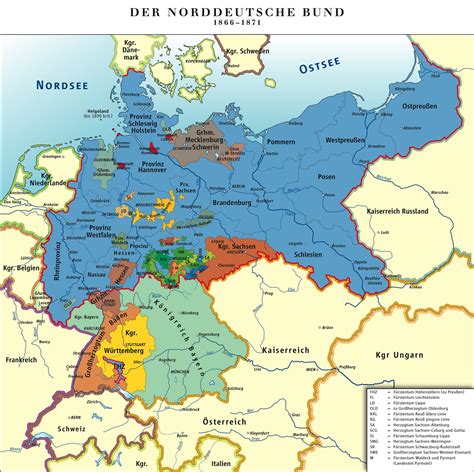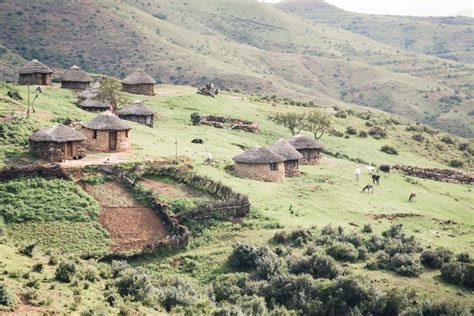Explore the impact of colonization, slave trade, Portuguese rule, and struggle for independence on the islands, alongside recent political and social developments.
Colonization of the islands
Contents
Colonization of the islands
Colonization of the islands
Sao Tome and Principe, a small island nation in the Gulf of Guinea, has a complex history. The islands were first discovered by the Portuguese in 1470, during the Age of Discovery. The Portuguese quickly realized the agricultural potential of the islands and established sugar and cocoa plantations, using enslaved Africans as labor. This marked the beginning of the islands’ colonization and the transformation of their economy and society.
As the sugar and cocoa plantations thrived, the Portuguese brought in more enslaved Africans to work the fields, leading to a rapid increase in the islands’ population. The use of forced labor and the harsh working conditions on the plantations had a lasting impact on the islands, shaping their social structure and cultural identity.
During the colonial period, Sao Tome and Principe became one of the world’s largest producers of sugar and later cocoa. The islands’ economy was heavily dependent on these cash crops, which were grown using slave labor. The profits from the plantations enriched the Portuguese crown and the settlers, but had devastating effects on the enslaved Africans and the indigenous population of the islands.
The colonization of the islands by the Portuguese had long-lasting effects on the social and economic development of Sao Tome and Principe. The legacy of the plantation economy and the exploitation of enslaved Africans continues to shape the islands’ society and culture to this day.
Impact of the slave trade
The impact of the slave trade on Sao Tome and Principe has had lasting effects on the social and economic dynamics of the islands. During the 16th to 19th centuries, the islands were a major hub for the transatlantic slave trade, with thousands of enslaved individuals being taken from Africa to work on plantations in the New World. The influx of slaves had a profound impact on the demographics of the islands, as well as the development of the economy.
The slave trade led to the establishment of large-scale plantations for the cultivation of cash crops such as sugar, cocoa, and coffee. The demand for labor to work on these plantations fueled the transatlantic slave trade, resulting in the brutal exploitation and forced labor of countless individuals. The consequences of this exploitation can still be felt today, as the legacy of slavery has shaped the social and economic structures of Sao Tome and Principe.
Furthermore, the slave trade also had a significant impact on the cultural makeup of the islands. The forced migration of individuals from different regions of Africa led to the blending of various cultural traditions, languages, and customs. This cultural exchange has contributed to the rich and diverse cultural heritage of Sao Tome and Principe, as well as the development of unique Creole languages and musical traditions.
Despite the abolition of slavery in the 19th century, the lasting impact of the slave trade continues to influence the social and economic landscape of Sao Tome and Principe. The legacy of slavery serves as a reminder of the resilience and strength of the people of the islands, as they continue to strive for social justice and economic prosperity in the face of historical adversity.
Portuguese rule and influence
Portuguese rule and influence in Sao Tome and Principe dates back to the early 16th century when the Portuguese established a colony on the islands. The Portuguese colonized the islands and brought in slaves from Africa to work on the sugar plantations, laying the foundation for the slave trade that would have a lasting impact on the islands.
During the colonial period, the Portuguese exercised strict control over the islands, exploiting their natural resources and establishing large plantations for sugar and coffee production. The island’s economy became heavily dependent on these cash crops, and the Portuguese implemented harsh labor practices to maximize their profits.
Portuguese influence also extended to the culture and social structure of the islands. The official language became Portuguese, and the Catholic Church played a significant role in shaping the religious beliefs and practices of the islanders. Despite the oppressive rule, the Portuguese also brought architectural and technological advancements to the islands, leaving their mark on the local infrastructure and way of life.
The Portuguese rule and influence continued until 1975 when Sao Tome and Principe finally gained independence. However, the legacy of Portuguese colonialism still shapes the islands’ socio-political landscape to this day, with the population grappling with the lasting impact of colonization and working to build a future that honors their history while looking forward to progress and development.
Struggle for independence
The struggle for independence in Sao Tome and Principe was a long and arduous process, marked by resistance to colonial rule and the fight for self-determination. The islands were under Portuguese rule for centuries, and the people of Sao Tome and Principe faced oppression and exploitation under colonialism.
The movement for independence gained momentum in the 20th century, with various political organizations and leaders emerging to challenge Portuguese rule. The struggle for independence was not without its challenges, as the colonial authorities sought to suppress dissent and maintain control over the islands.
Despite the obstacles, the people of Sao Tome and Principe remained resilient in their quest for independence. The movement grew in strength and unity, leading to widespread protests, demonstrations, and acts of civil disobedience against colonial rule. The struggle for independence became a unifying force for the people, transcending social and cultural divisions.
The momentum for independence continued to build, and in 1975, Sao Tome and Principe finally achieved independence from Portugal. The long and difficult struggle for independence had come to fruition, and the people of the islands were able to chart their own course as a free and sovereign nation.
Sao Tome and Principe, a small island nation in the Gulf of Guinea, has recently undergone significant political and social developments that have shaped the course of its history. The country experienced a peaceful transition of power in the 2018 elections, marking a milestone in its democratic journey. The emergence of new political leaders has brought about a renewed sense of hope and optimism for the future.
Additionally, Sao Tome and Principe has made progress in addressing social issues such as poverty and healthcare. Efforts have been made to improve access to education and healthcare services for the population, leading to better overall well-being. There is a growing focus on sustainable development and environmental conservation, reflecting the country’s commitment to addressing pressing social and environmental challenges.
In terms of political reforms, the government has undertaken measures to strengthen democratic institutions and promote transparency and accountability. Civil society organizations and grassroots movements have played a crucial role in advocating for political reforms and pushing for greater citizen participation in decision-making processes. As a result, the country has seen an increase in civic engagement and public discourse on important political and social issues.
The recent political and social developments in Sao Tome and Principe demonstrate the resilience and determination of its people to build a more inclusive and prosperous society. While challenges persist, the progress made in recent years serves as a testament to the country’s commitment to democratic governance, social progress, and sustainable development.













